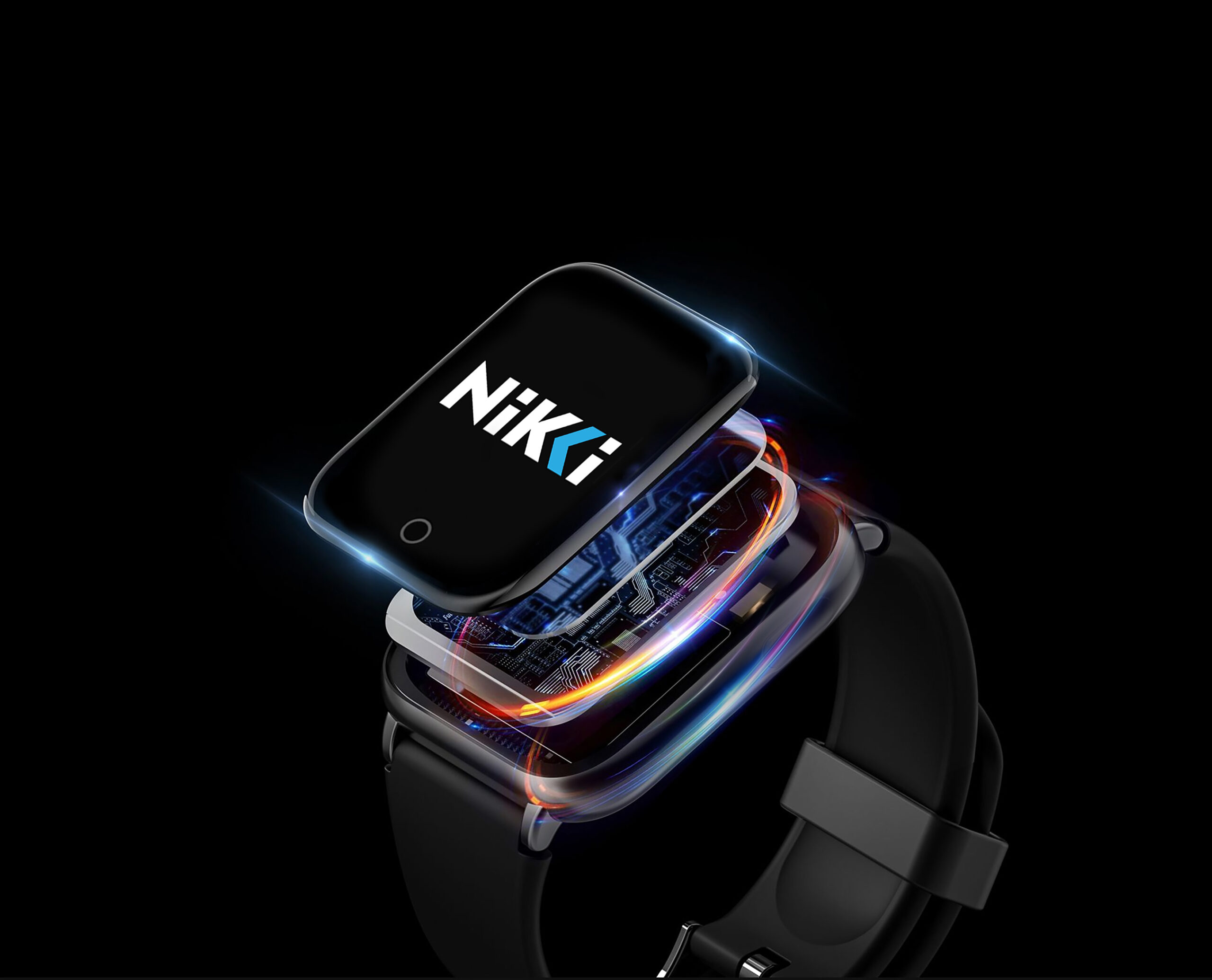Under Maintenance
We have scheduled maintenance happening July 7th & 8th for platform upgrades. Our website will be available again soon. Thank you for your patience!
If you need to reach us, email our team at hello@wearenikki.com

We have scheduled maintenance happening July 7th & 8th for platform upgrades. Our website will be available again soon. Thank you for your patience!
If you need to reach us, email our team at hello@wearenikki.com
